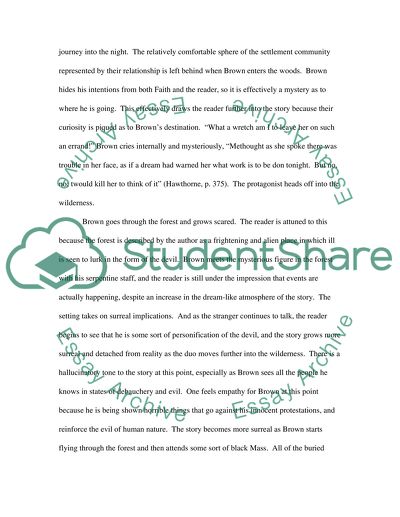Cite this document
(Young Goodman Brown Book Report/Review Example | Topics and Well Written Essays - 1250 words - 1, n.d.)
Young Goodman Brown Book Report/Review Example | Topics and Well Written Essays - 1250 words - 1. https://studentshare.org/literature/1574143-short-story-analysis
Young Goodman Brown Book Report/Review Example | Topics and Well Written Essays - 1250 words - 1. https://studentshare.org/literature/1574143-short-story-analysis
(Young Goodman Brown Book Report/Review Example | Topics and Well Written Essays - 1250 Words - 1)
Young Goodman Brown Book Report/Review Example | Topics and Well Written Essays - 1250 Words - 1. https://studentshare.org/literature/1574143-short-story-analysis.
Young Goodman Brown Book Report/Review Example | Topics and Well Written Essays - 1250 Words - 1. https://studentshare.org/literature/1574143-short-story-analysis.
“Young Goodman Brown Book Report/Review Example | Topics and Well Written Essays - 1250 Words - 1”. https://studentshare.org/literature/1574143-short-story-analysis.


